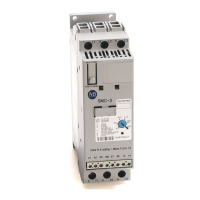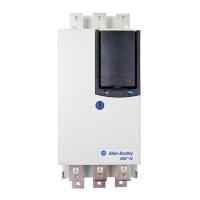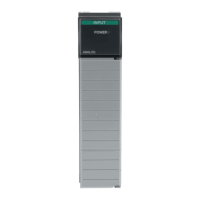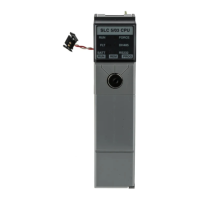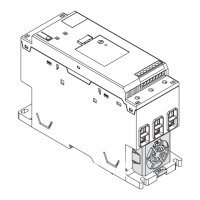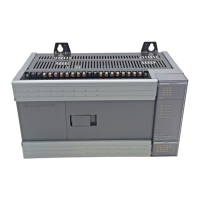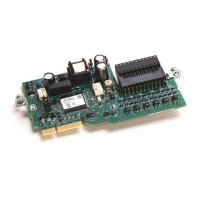Rockwell Automation Publication CNET-UM001F-EN-P - February 2018 19
NUT Multiple Rate at Which Module Can Send Data
2 10 ms
4 20 ms
8 40 ms
16 80 ms
32 160 ms
64 320 ms
128 640 ms
In this example, if you specify an RPI of 25 ms, then the network produces
an API of 20 ms, which is the next fastest rate at which the module can send
data. The module places the data on the network at every fourth network
update interval to produce the 20 ms API. Similarly, if you specify an RPI of
150 ms, the network produces an API of 80 ms.
Connections over a ControlNet network can be one of the following:
• Scheduled—Data transferred at specific times.
• Unscheduled—Data transferred when the network can accommodate
the transfer.
To use scheduled connections, you must schedule the ControlNet network
via RSNetWorx for ControlNet software. For more information on how to
schedule a ControlNet network with RSNetWorx for ControlNet software,
see the section Use RSNetWorx for ControlNet Software on page 46 on
page
44 on page 46.
You must use RSNetWorx for ControlNet software to enable any connection
in a remote chassis. In addition, RSNetWorx software transfers configuration
information for the remote modules, verifies and saves NUT and other user-
specified network parameters, and establishes a schedule that is compliant
with the RPI and other connection options specified for each module.
Important:
RSNetWorx for ControlNet software must be run whenever a scheduled connection is added to, removed
from, or changed in your system.
Scheduled connections let you send and receive data repeatedly at a
predetermined rate. You can use the 1756-CNB or the 1756-CN2 module to
control scheduled I/O when you use it in conjunction with a ControlLogix
controller. When you place the module in the I/O configuration list of a
ControlLogix controller and configure a second ControlLogix chassis with a
remote 1756-CNB or 1756-CN2 module on the same ControlNet network,
you can perform remote control operations on the I/O, or to a second
controller in the second chassis.

